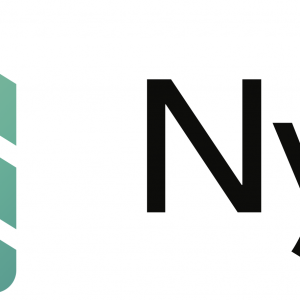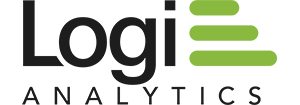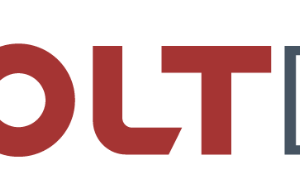Spend less time on open source-related maintenance. More time writing code.
> Get the Tidelift guide to managed open source
Who is maintaining the open source you use? If you don’t know, it’s you.
> Discover a better way, download the Tidelift guide to managed open source.
Want enterprise–class coverage for the open source software you use?
Learn how managed open source makes it possible. > Download the guide

Data warehouses were never designed to handle the pressures of modern data demands. They slow down data acquisition and ingestion efforts and struggle to keep pace with your data demands. Growing varieties, volumes, and velocities of data can strain your warehouse and existing BI processes, unearthing platform limitations that are not easily overcome and are expensive to work around. These limitation impact your business’ ability to be proactive and agile and truly leverage valuable new data insights.
It’s not all doom-and-gloom, however. Modern data warehouses, provisioned and procured in the cloud, can solve some of the most difficult challenges inherent in today’s data landscape: poor performance, high costs, increased volumes, and increased variety, all resulting in overall system fragility. How do you modernize your data warehouse? Start with implementing a cloud data warehouse that can keep pace with your growing data needs, and then explore solutions that are purpose-built to work with them.
To learn more, read this guide to data warehouse modernization today!

The bare minimum requirements of low-code solutions are that they enable fast app delivery and are easy to use. With the excitement of being able to quickly and easily build and deliver an application, many companies don’t look beyond those capabilities to see what limits they may run into as they make a decision to adopt a new application development platform. It is often 6 to 9 months after adopting a low-code platform when they start to understand potential critical problems like a rigid architecture, lack of extensibility, inadequate UX for B2C apps, limitations in mobile functionality, outdated web capabilities, weak security, and more. By the time these become obvious it can be hard to change.

In this guide, we’ll outline the key questions technical leaders should ask when considering an API solution and provide best practices for evaluating options, including:

Send and sync mail into your application with IMAP.
IMAP isn’t as simple as login, fetch, log out – underneath the surface, IMAP contains nuances that can cause any developer massive headaches.
Download this guide to learn:

Extending DevOps to your software application security team shifts security from being a bottleneck to an enabler. This whitepaper discusses the benefits of being a DevOps-ready IT organization. Some of the benefit included are :

To learn all you’ll need to know about the iPaaS market, read this important report today.

Among the facts you should know before making a choice are these:

– Streamlined test creation and maintenance.
– Scalable test execution within the pipeline.
– A stable and secure lab within the cloud.
– Smart test analysis and reporting.
Attend this webinar to learn what each of these pillars provides, why DevOps teams need a unified solution, and how continuous testing enables organizations to keep pace with today’s software development and delivery.

Predictive analytics is now the #1 feature on application roadmaps. Developers of all skill levels are creating predictive algorithms and making headway on new projects in their spare time.
Fortunately, you don’t have to be a data scientist to get started with predictive analytics. Join this webinar to get a quick-and-dirty guide to predictive analytics from Sriram Parthasarathy, the senior director of predictive analytics at Logi Analytics.


In this brief session, we will discuss key considerations when choosing a data architecture to support your journey into a composable architecture built on a microservices foundation.

